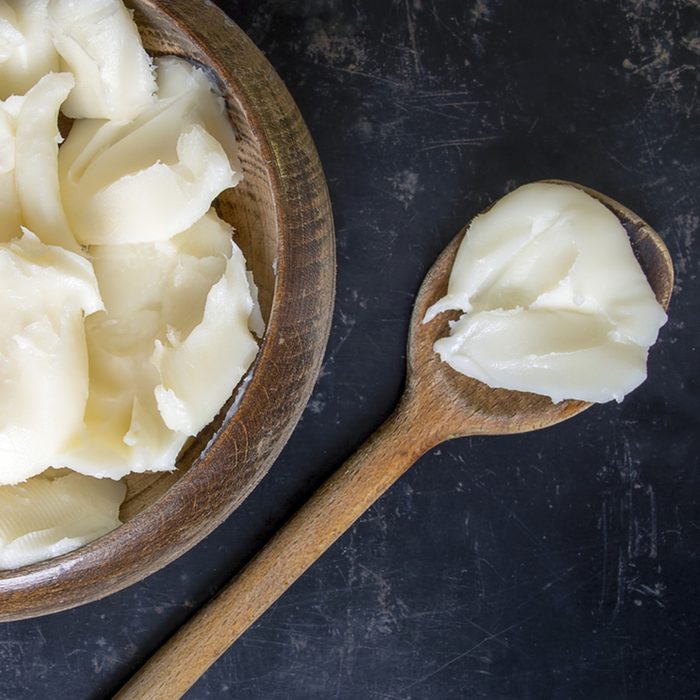
Lard
Many of us have seen the “green-and-white box full of white stuff” sitting on the kitchen counter or in Grandma’s pantry. Chances are, your grandmother was (and still might be) using lard. Why, you ask? It’s shelf-stable, richer than butter and used to make the flakiest pastries around—think biscuits and pie dough.
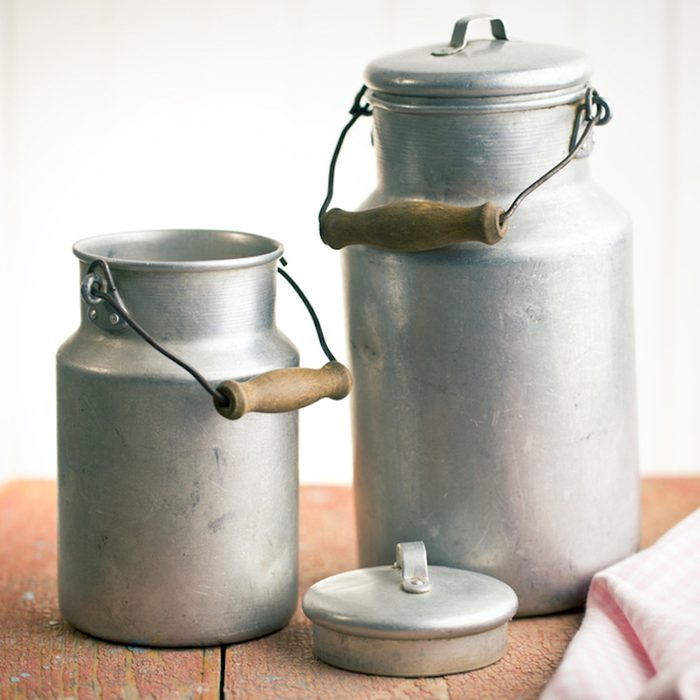
Sweet milk
If you have a collection of recipes from Grandma, chances are you may have seen “sweet milk” in an ingredient line. Back in the day, this referred to cows that had just been milked and the sweet taste their milk had. Alternately, once the milk “turned,” or curdled, it was called “sour milk,” or what we know today as buttermilk.
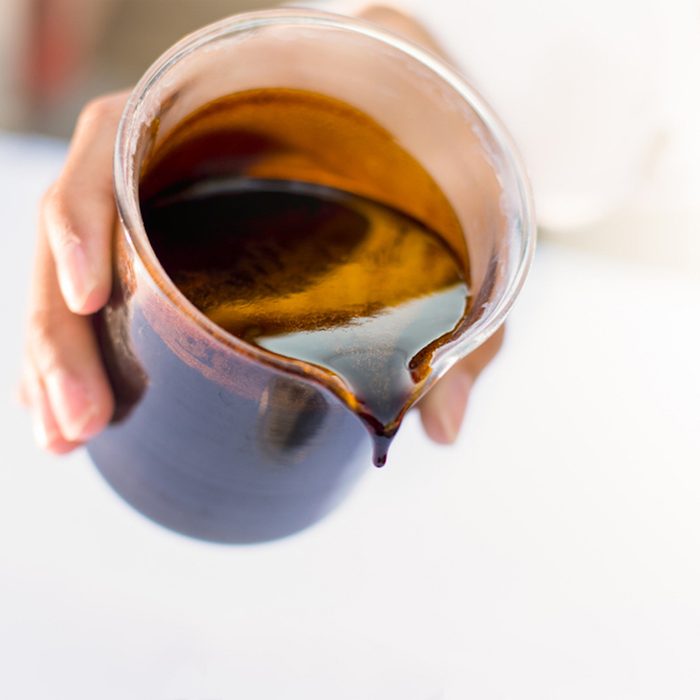
Molasses
Molasses is a byproduct of the process of making cane sugar. You may see both light and dark molasses at the grocery store, but most of us are familiar with dark molasses for its colour and thick texture. If you’ve made gingerbread cookies with your grandma during the holidays, I bet she was using this (it gives gingerbread cookies their signature rich, brown colour).
Get the recipe for scrumptious molasses crackle cookies.
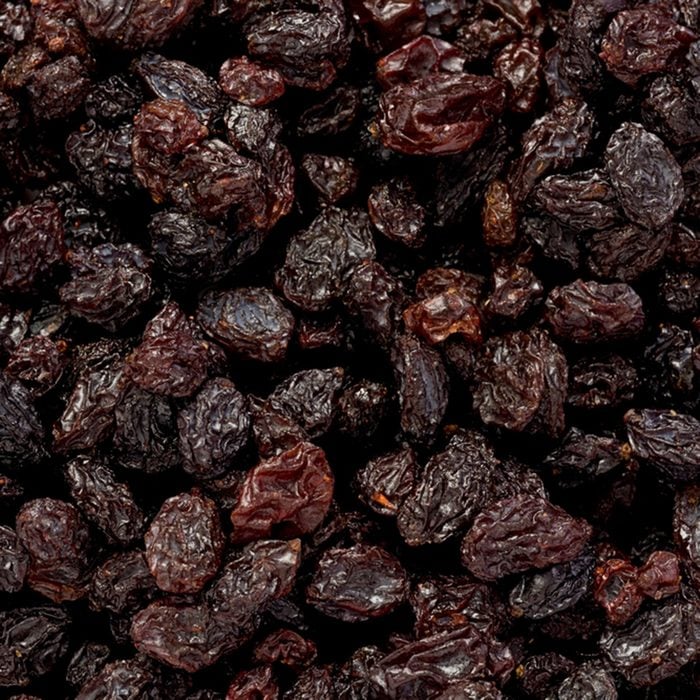
Currants
While currants are not a popular ingredient nowadays (we tend to use raisins instead), some grandmothers are fond of the dried grape. Similar to raisins, currants are good for snacking and add flavour to baked goods and jams, jellies and preserves.
Find out why this beautiful dessert has been pinned over 270,000 times.
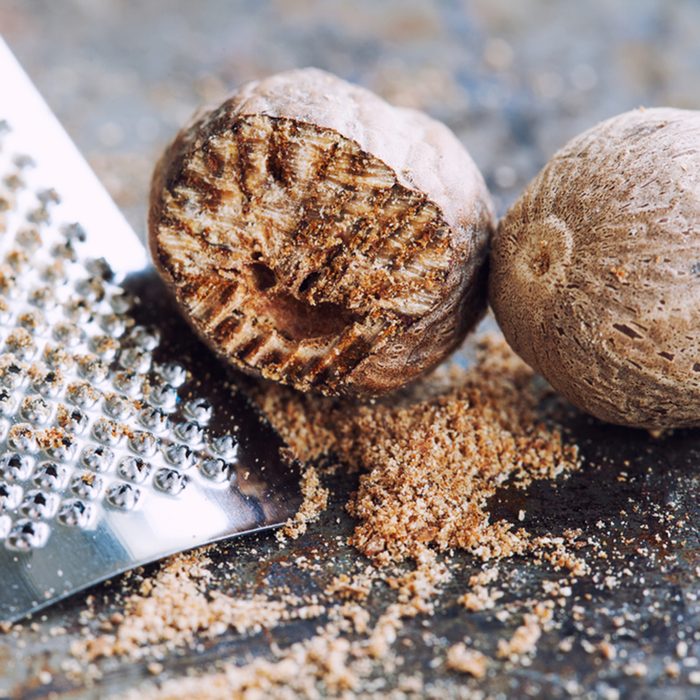
Nutmeg
This oval-shaped dried spice, found in the spice aisle (whole or ground), can be used in both savory and sweet dishes. My grandmother preferred whole nutmeg and would grate it into the dish. You’ll know its familiar taste and aroma if you’ve had eggnog during the holidays or jerk chicken during a summer barbecue.
Learn the secret ingredient that will pack your dinner with flavour.
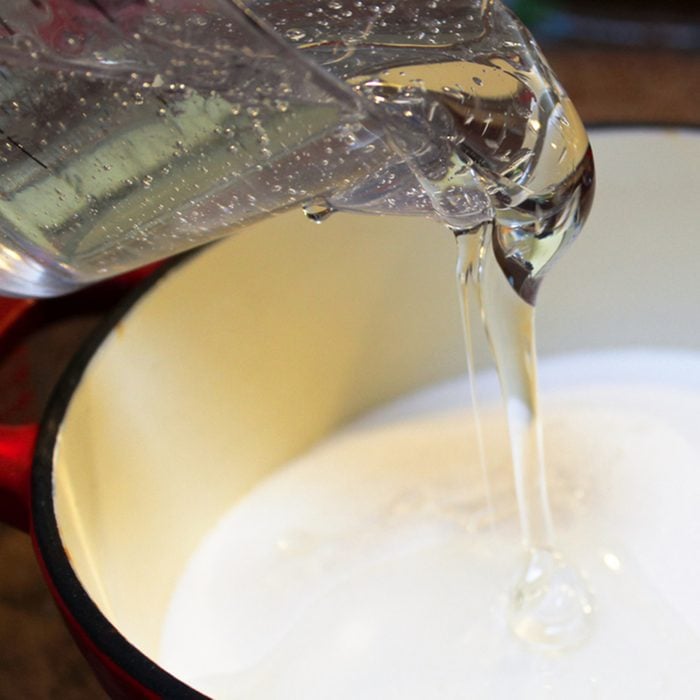
Corn Syrup
If Grandma made pecan pie or candies, chances are this was part of her recipe. It comes in both light and dark variations and stores indefinitely in the pantry or refrigerator.
These are the foods you’re spoiling by putting in the refrigerator.
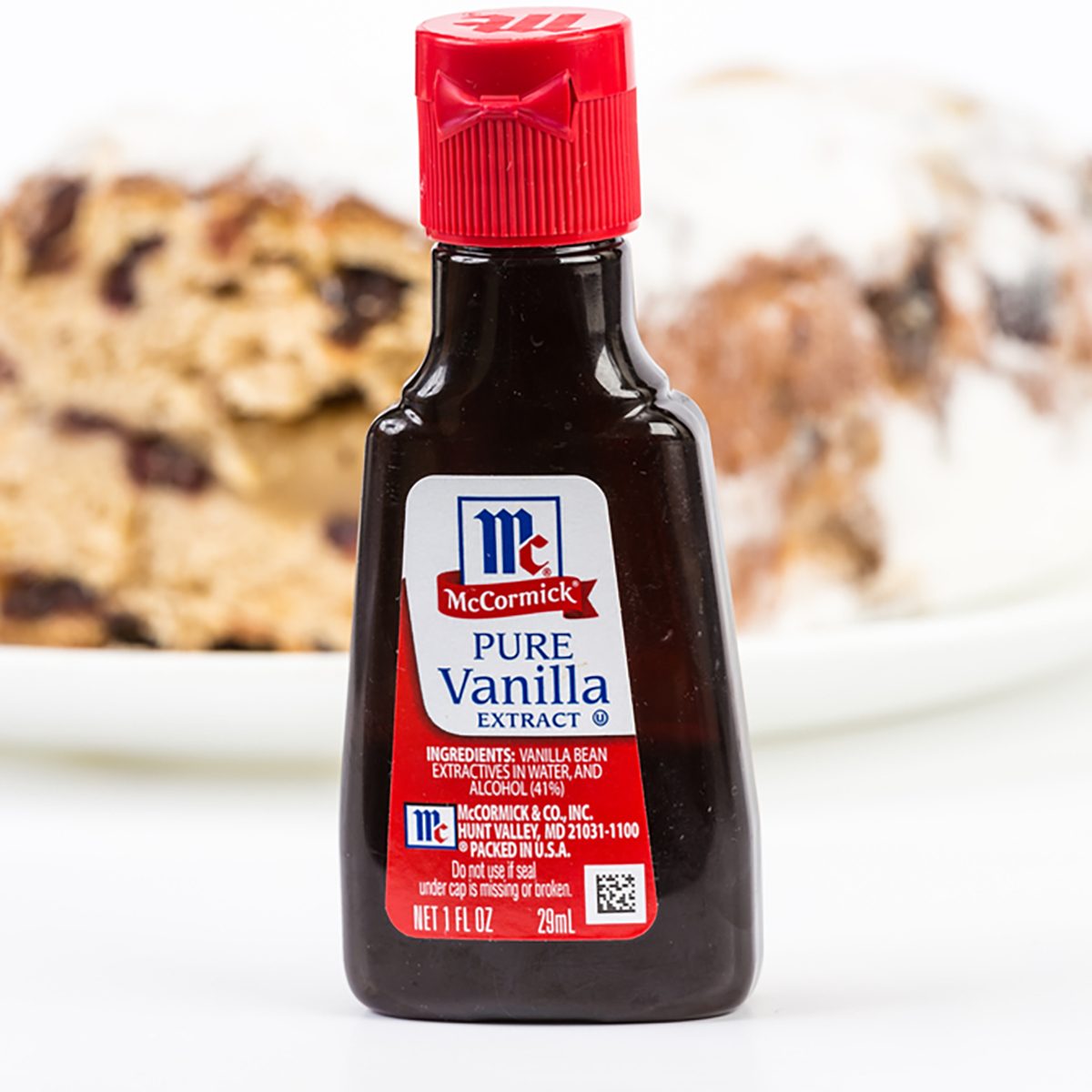
Vanilla Extract
Called “flavouring” by my grandma, vanilla extract is made by soaking vanilla beans in an alcohol-water solution to extract the flavour. Today it’s available in many different forms—pure vanilla extract, imitation vanilla, vanilla paste, etc. Mostly used in baking, all varieties essentially add flavor (as Grandma says) to your dish.
Satisfy your sweet tooth with these irresistible summer dessert recipes.
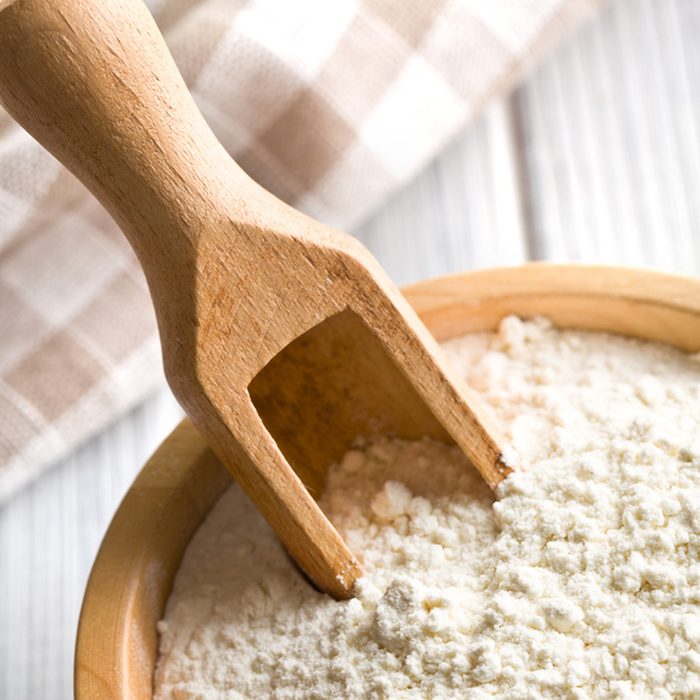
Cake Flour
Who knew such a thing exists? After all, all-purpose flour is “all-purpose”so we shouldn’t need any other kind, right? I believe, though, that cake flour is the secret to why Grandma’s cakes are always so delicious. Cake flour has a finer texture and is used in baking to yield cakes that are tender and fluffy. It also works in waffles or pancakes.
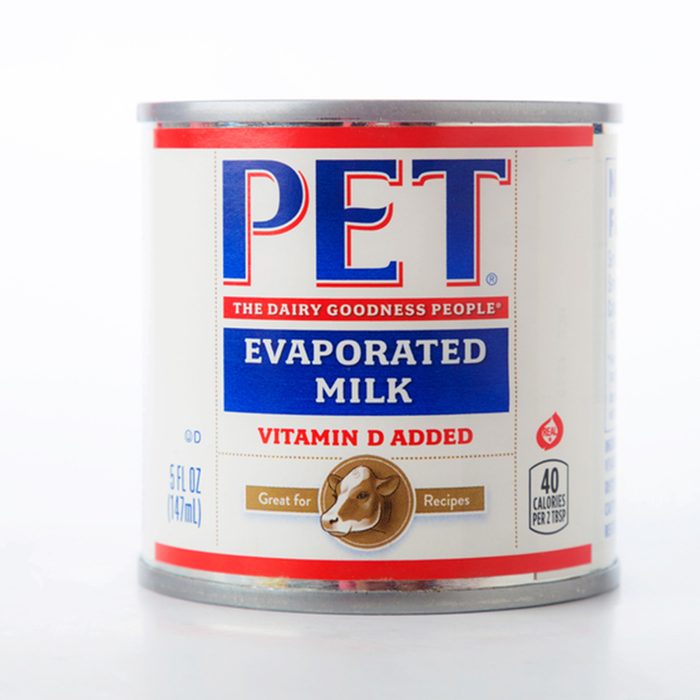
Evaporated Milk
This is canned milk in which most of the water has been “evaporated” from the product during processing. My grandmother calls it “Pet milk,” after the brand name. Shelf-stable and inexpensive, evaporated milk has a caramelized flavour. It’s versatile, and on a whim can be combined with water and used as a substitute for milk in cooking, or slightly frozen and whipped as a substitute for fresh whipped cream.
Consider trying these brain-boosting breakfast recipes.
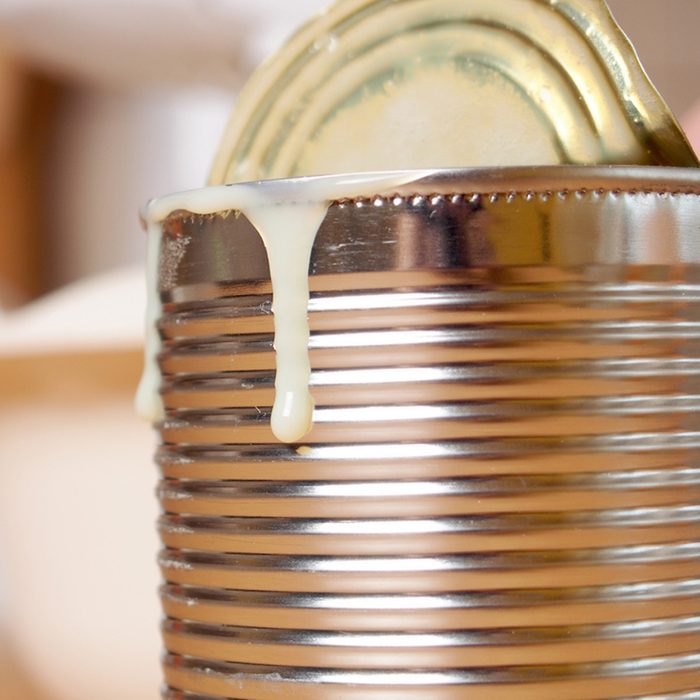
Sweetened Condensed Milk
This is evaporated milk (same process) but sweetened with sugar. It’s canned, too, and has a sticky texture and sweet taste. It’s shelf-stable and is typically used in baked goods, desserts and coffee beverages.
Next, find out the mistakes you’re making when decorating cookies.